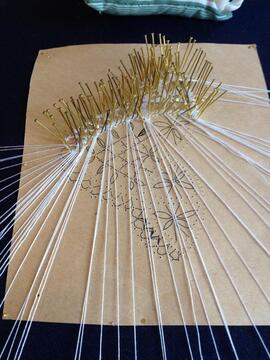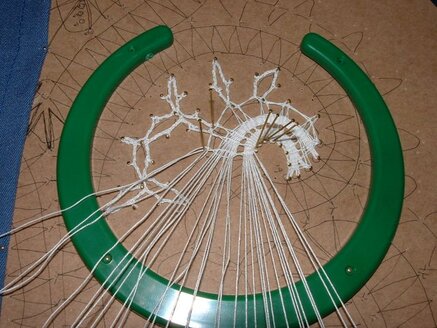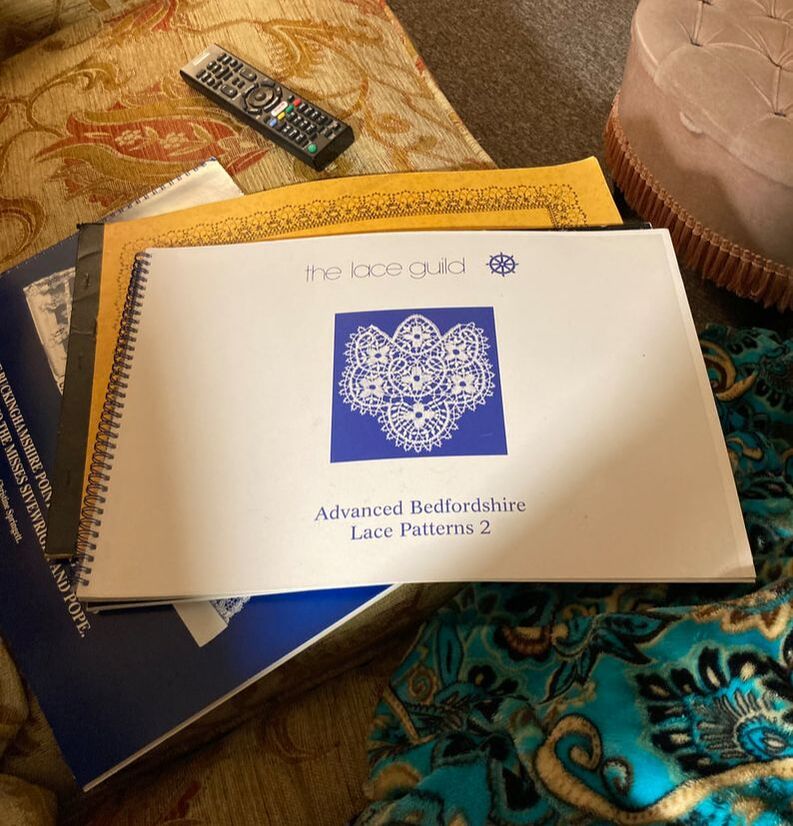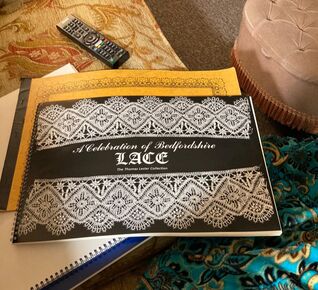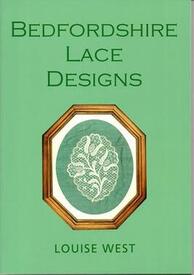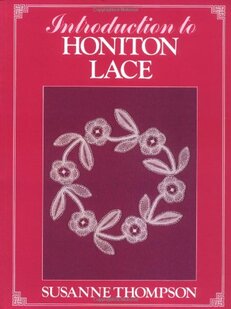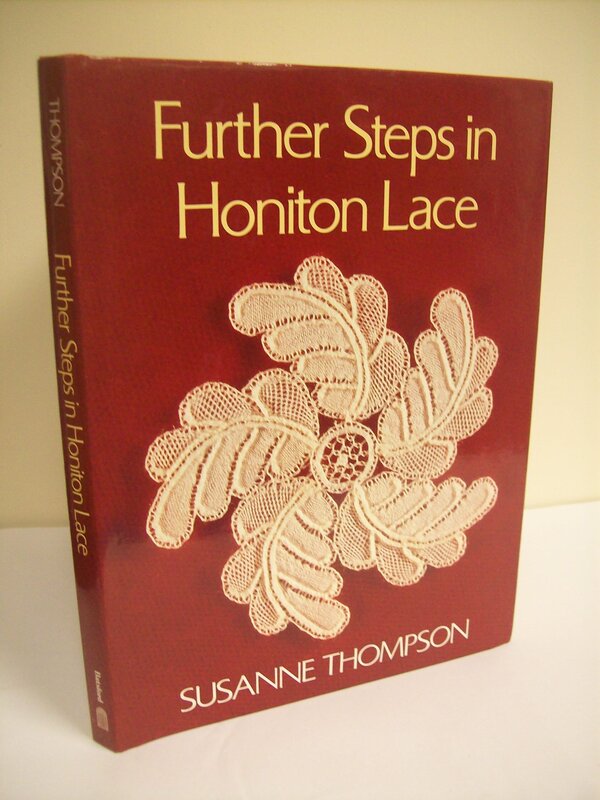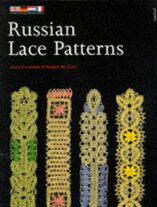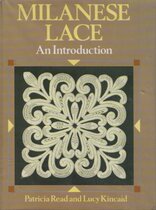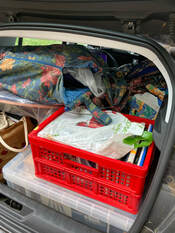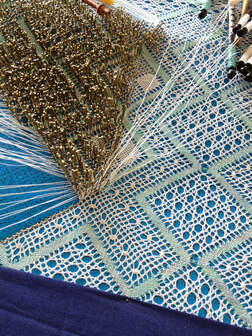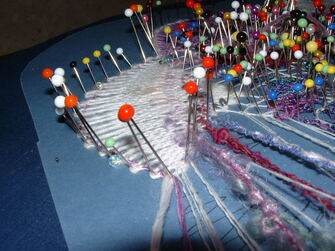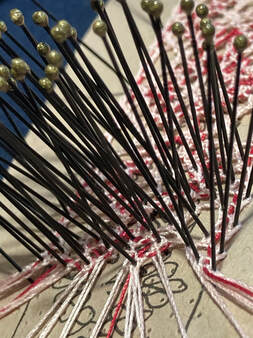What should I get when I buy a pattern or why you should not expect instructions with every pattern18/8/2021
Think of it as the difference between trying to read a newspaper in another language and having to use either a dictionary or google translate compared to being fluent in that language. One of the key things that, as a teacher, I have experienced, is that it gives false confidence. I have had people come to me who have made an intermediate piece that came with instructions and now want to try a similar piece that has none and it is a real shock that they have no understanding on how to make the lace. I will break down the techniques in the pattern they want to make and together we will choose 3 or 4 pieces that will them them the knowledge and confidence to attempt the piece they want to make. I will never tell a student that they can't make a piece, I will always show them how to gain the skills to make it.
So why are these patterns without instructions 'so expensive'?
That is an easy answer. You are relating cost to the number of pages that you get. Whereas, for most designers, the price reflects the time and knowledge it took to create the design. So, what should I get when I buy a pattern? Simple answer - the pattern. Anything else is a bonus.
1 Comment
So, down to the nitty gritty ... 1) Is this book 'desirable'?
Often booklets or self published books were limited print runs. But, if no one wants the book then just because a book was a limited run, doesn't make it worth a vast amount of money. In the book blog, I've annotated each entry as to whether or not it's still in print. If you can't find the book that you are looking for then remember, it's a work in progress. Fill out my contact form with details of the book and if I have it in the library I'll push the entry to the top of the list for you. 2) Is this book still in print?
3) What is this book worth?
Some books though, remain very highly priced regardless of trends.
And finally ... If the book has prickings in it on a separate sheet, always confirm whether or not that sheet is included. Nothing worse than buying a book to find out you can't make the patterns because they are missing.
Over the years, it has become increasingly difficult to obtain good quality brass pins. As the industry declined, many lacemakers have moved to using stainless steel or nickel plated brass
You can tell that a pin has steel in it because it can be picked up by a magnet (that is the iron that the magnet is reacting to). Our hands, the air, even straw or sawdust pillows naturally have moisture in them. For short periods of time, a few weeks or so, the pins will be fine in the pillow. However, the issue starts when the pins are left in the pillow for extended periods of time. The first indication will be that the pins don't want to come out of the pillow easily, then you start to see spots on the pins finally, spotting on the lace.
Want to know about pins?
If you are in the UK, then plan a visit to the Forge Needle Museum or read about pins at Brian Lemin's website |
From time to time I post on different groups and wanted to collect some of the advice that I give in one places.
Categories
All
Archives
November 2022
|

